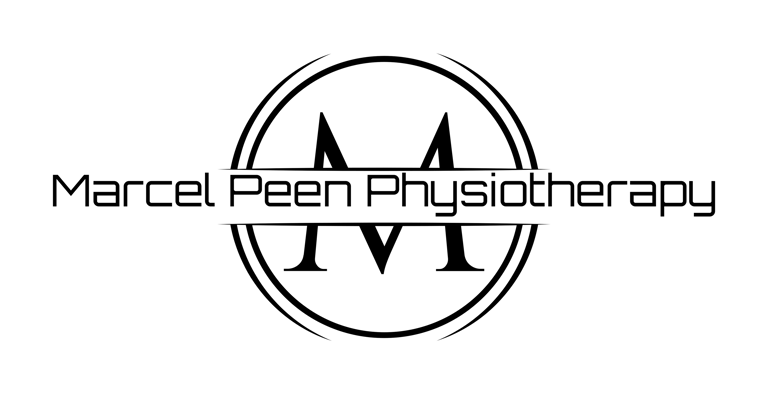
Low Back Pain
Low Back Pain: What’s Really Going On?
Let’s face it—low back pain can be exhausting. Whether it’s that dull, nagging ache after a long day at your desk, or a sudden sharp jolt when you bend to tie your shoe, back pain has a way of disrupting everything.
But here’s the good news: most low back pain is treatable—without surgery—and often, without medication.
Why does your back hurt?
Low back pain can happen for lots of reasons. Sometimes it’s a clear event—lifting something heavy or an awkward twist during a workout. But more often, it builds up gradually, from things like:
Long hours of sitting with poor posture 🪑
Weak or inactive core and glute muscles
Repetitive movements or heavy lifting without proper technique
General deconditioning or lack of movement
Inactivity is a major culprit. When you’re not moving enough, key stabilising muscles—especially around your hips, core, and spine—begin to weaken. That can cause the back to take on more strain than it should, leading to pain, stiffness, or injury.
Why physiotherapy works:
Here’s where it gets really encouraging:
Up to 90% of people with low back pain improve with conservative treatments like physiotherapy.
By contrast, surgery for low back pain is only effective in very specific cases—and studies show that physiotherapy often matches or outperforms surgery in functional outcomes for conditions like disc herniations and spinal stenosis.
In short: movement is medicine—and done right, it's powerful.
Our goal isn’t just to reduce pain—it’s to get you stronger, more stable, and more confident in how your body moves every day.
What treatment looks like here
At our clinic, we take a functional, strength-based approach to low back pain. That means we:
Identify and correct movement patterns contributing to your pain
Strengthen the deep core, hips, and postural muscles for lasting support
Use hands-on treatment where needed—but focus on giving you tools to improve independently
Help you return safely to the activities that matter to you—whether that’s training, lifting, parenting, or just feeling good day-to-day
Common Low Back Conditions We Treat
Mechanical low back pain
Lumbar disc herniation (slipped disc)
Degenerative disc disease
Facet joint irritation
Chronic postural pain
Lifting and movement-related back strain
Sedentary-related low back stiffness
Instability or weak core support
Referred pain into the hips or legs (non-surgical sciatica)
Take the first step toward strength and freedom
If you’re ready to stop avoiding movement and start regaining control over your back, we’re here to help.
Book an assessment today and let’s build a plan that makes your back feel like yours again—strong, capable, and pain-free.
What does this mean for you? In most non-emergency cases, strengthening your body and restoring healthy movement is not only safer—it can be just as effective, and far more empowering.
Quick References
Weinstein JN et al. (2006). Surgical vs. Nonoperative Treatment for Lumbar Disc Herniation. New England Journal of Medicine.
Hayden JA et al. (2005). Exercise therapy for treatment of non-specific low back pain. Cochrane Database Syst Rev.
Zhou Y et al. (2020). Surgical vs. non-surgical treatment for lumbar spinal stenosis: A systematic review. European Spine Journal.
Contact Us


For inquiries about low back pain treatment, please reach out through the form provided.
